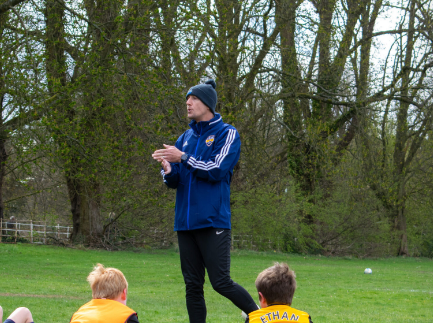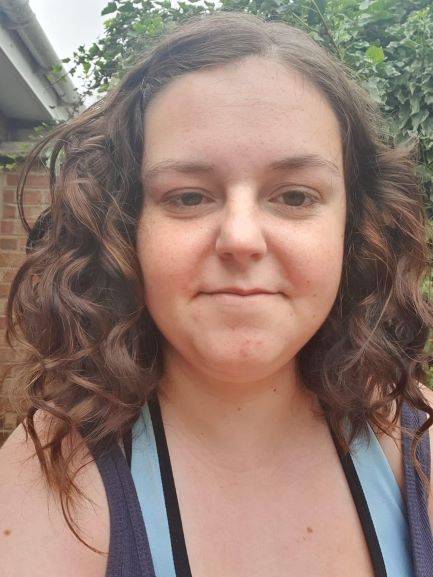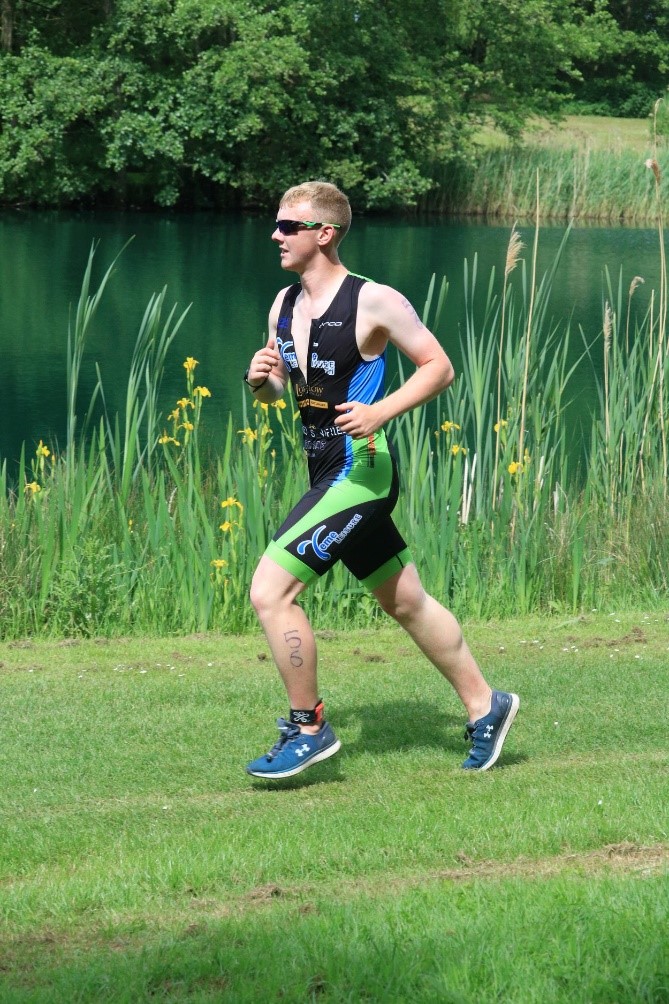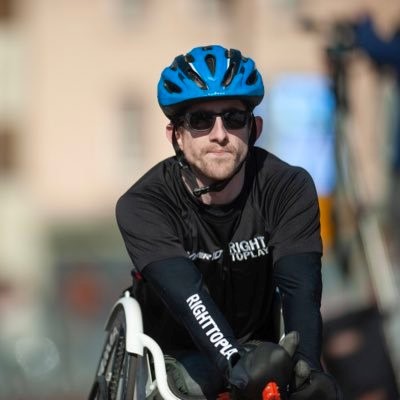“Resilience isn’t enough”: why the growth of women’s football could lead to player burnout
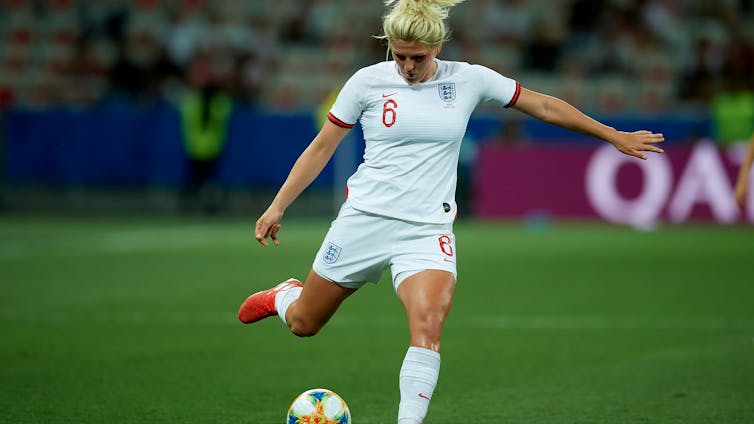
Jose Breton- Pics Action/Shutterstock
Helen Owton, The Open University
Women’s football has exploded onto the global stage. Record-breaking crowds, major sponsorships, elite athletes and huge media deals have transformed the sport into a fast-growing spectacle. Its rise may be inspiring, but behind the success, many players are struggling with the growing physical and mental demands of the modern game.
As the game becomes faster and more physically intense, players are expected to deliver top performances across crowded domestic seasons, international tournaments and growing commercial commitments.
Recovery windows are shrinking, while the pressure to remain at peak performance only grows. Physiotherapists have already warned that many female players face burnout, overtraining and a rising risk of injuries due to inadequate rest and recovery time.
With growing visibility also comes increasing scrutiny. Female players now live under the spotlight of social media, where they are expected not only to perform, but to lead, inspire and remain endlessly positive – often while facing online abuse.
Chelsea and England star Fran Kirby has spoken openly about the criticism she has received about her body, especially after injuries or illness when she wasn’t at peak fitness.
Get your news from actual experts, straight to your inbox. Sign up to our daily newsletter to receive all The Conversation UK’s latest coverage of news and research, from politics and business to the arts and sciences.
“I get called fat all the time,” she has said, highlighting how online abuse adds another layer of psychological strain that isn’t always visible, but can be deeply harmful.
Mental health is increasingly part of the conversation around women’s football, but real support remains patchy. After the tragic suicide of Sheffield United’s 27-year-old midfielder Maddy Cusack in 2023, the FA commissioned a report into mental health support across the Women’s Super League (WSL).
More players are speaking publicly about the pressures of anxiety, burnout and emotional distress, but access to professional psychological care still depends largely on the resources of individual clubs.
For some players, the psychological toll deepens even further after injury. One study found that professional female footballers are nearly twice as likely to experience psychological distress after undergoing surgery. Yet mental health support during injury recovery remains inconsistent across the WSL.
Millie Bright’s story offers a recent example. The Chelsea and England defender missed much of the 2023-24 season due to injury and, in 2025, withdrew from the England squad citing burnout. She eventually underwent knee surgery and chose to prioritise her rehabilitation over international duty, highlighting the difficult choices players face when balancing physical and emotional wellbeing.
Governing bodies and clubs have a crucial role to play in safeguarding players’ wellbeing. Yet Uefa has come under fire for putting commercial growth ahead of player welfare with its expansion of the women’s Champions League into the new “Swiss model” format.
Instead of facing three opponents twice, teams will now play six different teams during the league phase, splitting those matches home and away. While the extra fixtures may boost visibility and revenue, they also add to an already punishing schedule, heightening the risk of fatigue, injury and burnout for players who are already stretched to the limit.
Financial security remains another major challenge. Some WSL players reportedly earn as little as £20,000 a year, forcing many to juggle full-time jobs or academic studies alongside football.
For mothers in the game, the demands are even higher, as they manage childcare, training, travel and recovery with little institutional support. Maternity policies remain inconsistent, and many players face intense pressure to return quickly to peak form after pregnancy.
Extraordinary resilience
Despite these enormous challenges, female players continue to demonstrate extraordinary resilience, paving the way for the next generation. But as a 2024 Health in Education Association report notes, resilience alone isn’t enough. Without proper investment in both physical and mental health services, the long-term wellbeing and careers of these athletes remain at risk.
While mental toughness is often celebrated, research shows that resilience depends heavily on the support structures available. In the WSL, access to mental health care and sports psychology varies dramatically between clubs.
The FA has announced plans to make wellbeing and psychology roles mandatory in WSL licensing, which is a positive step. But for many players, consistent, high-quality support remains far from guaranteed.
There is no doubt that women’s football has finally gained the attention it deserves. But progress must not come at the cost of player welfare. A sustainable future for the sport means investing not just in performance, but in protection: standardised access to physiotherapy, sport psychology and wellbeing professionals for all players, across all clubs.
If the game truly wants to thrive long-term, it must create a culture where players aren’t just expected to perform, but are supported to rest, recover and speak openly about their mental health – without fear, stigma or consequence.![]()
Helen Owton, Lecturer in Sport and Fitness, The Open University
This article is republished from The Conversation under a Creative Commons license. Read the original article.



